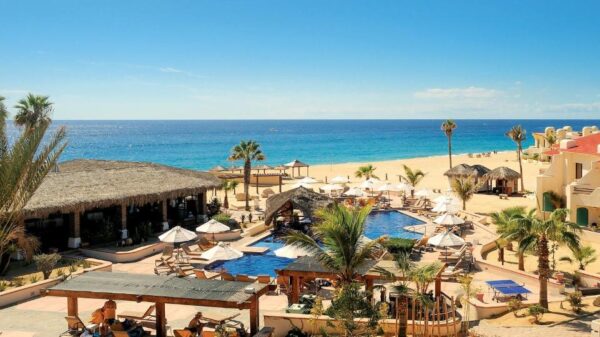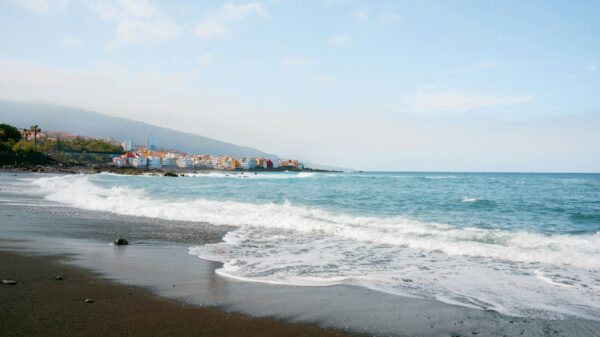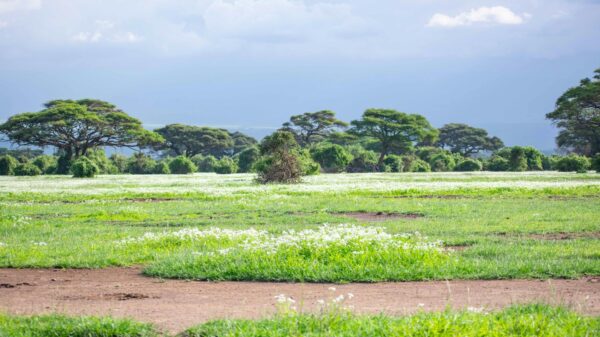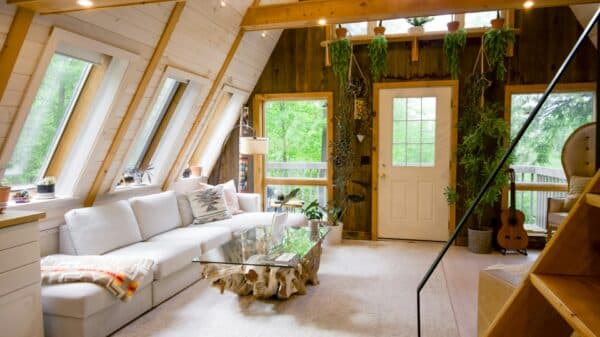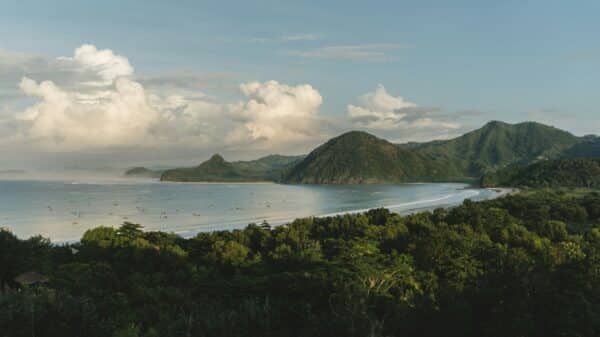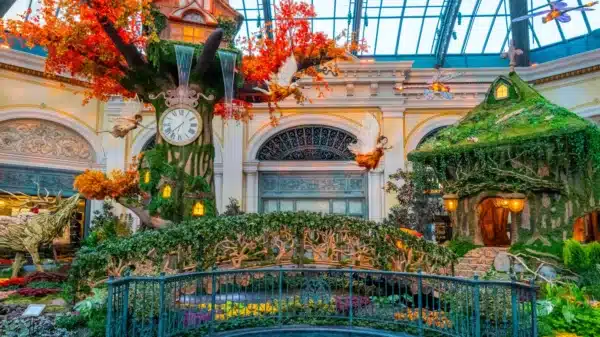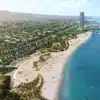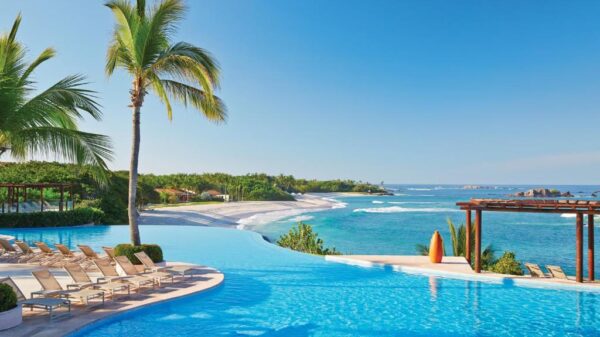As our narrow red canoe glides across the mud-brown waters of this unique landscape, longtime marsh resident Abou Haidar expertly navigates between tall swathes of reeds. We pass by swimming buffalo, their snouts barely breaking the surface, as we wind our way through this labyrinth of channels. It’s hard to believe that this place, rich in history and culture, was once celebrated as the biblical paradise—a dreamlike haven fed by the life-giving Euphrates and Tigris rivers. Today, we embark on a journey not just to explore the dwindling wildlife but also to uncover the layered and often complicated history of Iraq’s marshes and the resilient Arab communities that have thrived here for generations.
Nestled in the southeastern corner of Iraq, the vast Iraqi Marshland has nurtured semi-nomadic peoples for thousands of years. Depending on your beliefs, it could even be seen as the cradle of human civilization. Once a lush, life-sustaining environment, this area has transformed into what scientists are calling an aquatic desert, a term that belies its beauty yet hints at its disheartening reality.
A Waterlogged Marsh Atop an Iraqi Desert
The region surrounding our marsh adventure, primarily the towns of Chibayish and Nasiriyah, is a stark contrast. This is not the romanticized version of a desert filled with vast dunes and mesmerizing sand patterns; instead, it’s a parched expanse of cracked earth and dull yellow tones, where rainfall can seem like a myth. For a land to be classified as desert, it simply needs to receive less than 25 centimeters of rain each year. Sadly, this area receives close to none. But what makes Iraq’s marshes stand out? Picture an “aquatic desert”—water layered atop an otherwise barren landscape.
While these unique ecosystems can be found globally—such as where the Atacama Desert meets the Pacific Ocean—the Iraqi marshes present their own distinct charm and history.
The faintly blue waters shimmer under the relentless sun, but around the edges, the ground parches into dry land. In many ways, it’s akin to a desert lake, echoing the lack of life that characterizes traditional deserts, yet here, there’s an almost palpable beauty in the struggle. Birds occasionally swoop over us, adding brief moments of movement to an otherwise still landscape.
This marshland, sitting at the confluence of two ancient rivers, has historically been the heartbeat of the communities and biodiversity that flourished here. Although it may seem a far cry from the Eden depicted in religious texts, it remains a fragile ecosystem that is crucial not just to Iraq’s natural heritage, but also to the life of the Marsh Arabs.
Deeper Desertification
This land, littered with some of humanity’s oldest structures like the Ziggurat of Ur, is rich in biological and historical significance. Sadly, as years roll by, this contemporary Garden of Eden is in retreat. The relentless encroachment of desertification is driven by a cocktail of climate change, rising temperatures, and human conflict. In the 1990s, Saddam Hussein orchestrated a devastating campaign to drain and pollute these marshes, aiming to force the semi-nomadic Marsh Arabs to abandon their homes, which he viewed as threats to his regime. This action has led to the extinction or near-extinction of over 200 species of migratory birds, fish, and even the unique smooth-coated otter.
As we navigate the waters today, it’s hard not to notice the heavy pollution—the thick sludge and subtle sulfuric scent that wafts through the air. Yet despite these challenges, families remain resilient in this intricate network of canals; for many, this marshland is the only place they’ve ever called home, a place filled with memories and threads of rich culture.
However, the continued drying of the marshes threatens their very existence. Each year, more of the cracked earth emerges as water levels recede beneath the unyielding sun. Though many parts remain two meters deep, it’s evident that they are much shallower than they appeared, another indicator of a fragile ecosystem in crisis. What’s heartening, though, is that awareness about the marshes has begun to grow. Not long ago, few paid attention to the ongoing struggle of this beautiful region.
Freshly designated as a UNESCO World Heritage site in 2016, these marshes are seeing renewed interest—particularly through tourism, which holds promise for both the environment and the local people.
An Overnight Stay In the Garden of Eden
While Iraq may not be the first destination that pops into your mind for travel, it certainly deserves a spot on your list. Beyond the stories engraved in the ruins of Babylon, Hatra, and Samarra, there are stunning Shia shrines in Karbala and Najaf, along with a bustling food scene in Baghdad. Yet, the real hidden gem is the chance to spend a night in the Mesopotamian Marshes.
How often do you get the opportunity to visit an aquatic desert?
Thanks to Iraqi-owned tour companies like Bilweekend, travelers can connect with local marsh residents and experience a unique overnight stay in their traditional reed homes. Here, you’ll meet Abou Haidar, often impeccably dressed in a crisp white thawb and a blue checkered keffiyeh, ready to share stories of his life, including his memories of being drafted into the Iran-Iraq war and the beautiful melodies of traditional Iraqi folk songs.
If you’re looking for an adventure that combines rich history, stunning landscapes, and profound resilience, this is it. Visiting the marshes offers you a glimpse into a world that is both enchanting and troubled, beckoning to those who seek more than just a vacation—but a chance to understand and appreciate the intricate tapestry of life woven by nature and humanity alike.
You’ll glide through the narrow waterways of Iraq’s marshlands in canoes powered by outboard motors, weaving through a landscape that feels like a glimpse into the ancient world—think Adam and Eve roaming in a lush setting. As the sun sets, painting the sky in soft pink tones, you’ll head to your host’s home: a mudhif, a traditional structure made entirely without nails. Constructed from towering reeds harvested at about ten meters tall, these dome-shaped homes have been built this way for over 5,000 years. It’s not just a place to rest; it’s a window into a time when humans lived harmoniously with nature, surrounded by simple yet profound beauty.
At dinner, you’ll share a home-cooked meal, gather around a crackling fire fueled by buffalo dung, and exchange stories and curious questions about each other’s lives. This experience is far from luxurious; it’s tailored for adventurous souls eager to dive deep into a culture that’s beautifully unique. Despite the murky waters and the environmental challenges, you’ll find joy in the thrill of new experiences, which is what true travel is all about.
The Ma’dan, or Marsh Arabs, represent a resilient but marginalized community, often overlooked in today’s fast-paced world. As these traditional ways of life collide with modernity, the marshlands are increasingly exposed to both admiration and exploitation. The rising tourism in this area brings attention, prompting governmental and organizational efforts, like those by UNESCO, to protect the marshes and their rich culture.
Without the awareness and advocacy that tourism fosters, these remarkable wetlands are at risk of drying up within a generation, shrinking into mere memories.
Historical, Biological, Biblical, Cultural
Even if you’re not a devotee of religion or a history enthusiast, the extraordinary culture of this region is enough to draw you in, especially with the sense that this might be one of the last chances to witness something so unique before it potentially disappears. This isn’t just an adventure; it’s also a critical moment that emphasizes the dire need for preservation.
The implications are severe for local wildlife, such as the Basra reed warbler, Iraq babbler, African darter, and Goliath heron. For avid birdwatchers and nature lovers, this is more than just an opportunity to check off unique species; it’s a chance to participate in the preservation of their habitats.
Imagine walking through a wet desert—it’s an oxymoron that challenges the conventional understanding of environments. This ancient landscape is a living testament to sustainability and cultural richness. Organizations like Bilweekend have made it easy for travelers to explore this aquatic desert while advocating for cultural and environmental preservation, ensuring that future generations can enjoy its wonders.
This isn’t just about visiting a remarkable place; it’s about engaging with a community that embodies resilience and tradition amidst the changing tides of modern life. So whether you’re seeking adventure, knowledge, or simply a story to share, the marshlands of Iraq promise an experience that will linger in your heart long after the journey is over.
Image Source: Virrage Images / Shutterstock

